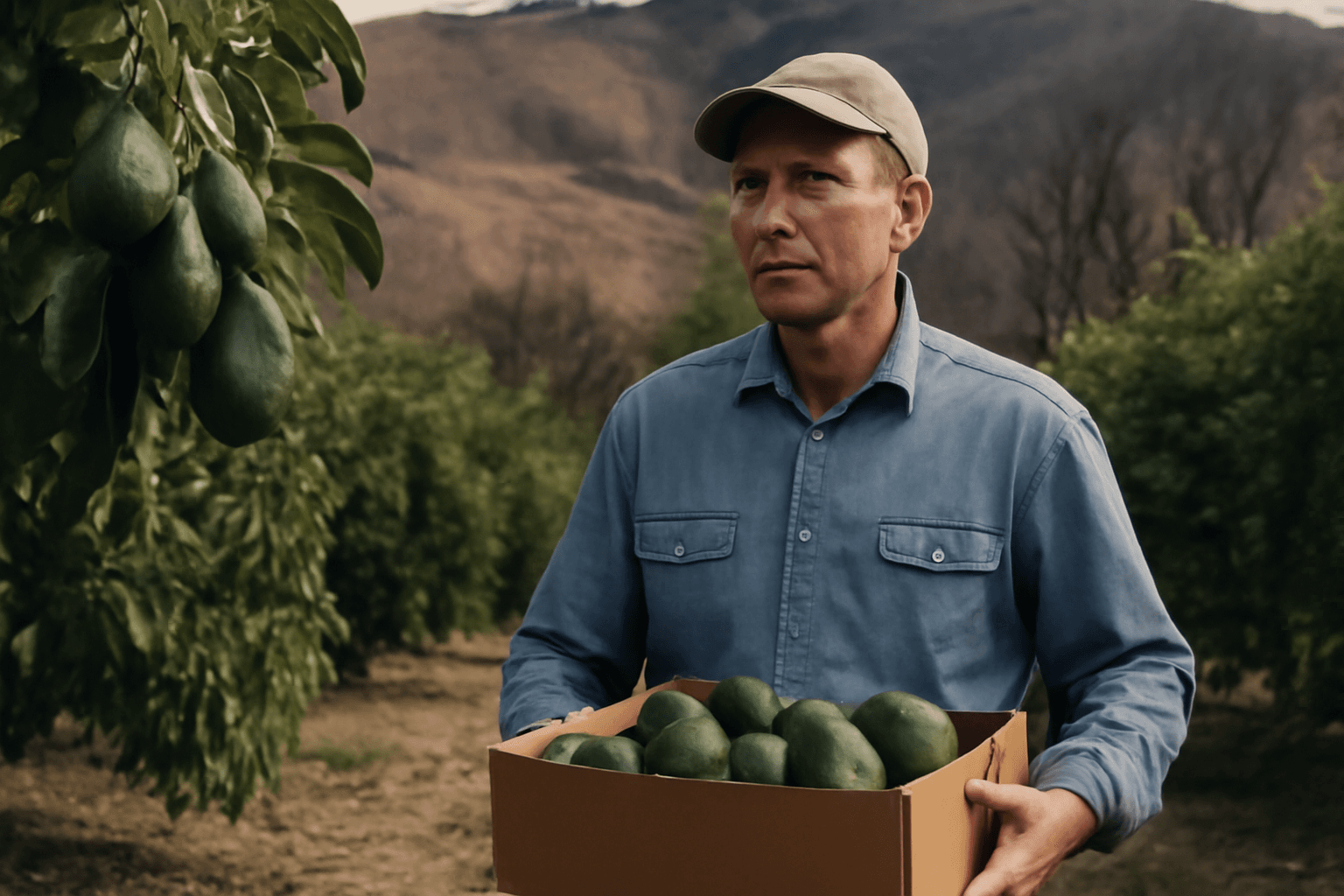Despite setbacks from wildfires, California avocado growers remain optimistic about the future, driven largely by robust domestic and international demand. Remarkably, Mexican avocado imports have played a pivotal role in expanding the market by ensuring a consistent year-round supply.
Andreas Tompros, a grower in Somis, California, lost his home and a significant portion of his orchard in a wildfire but is confident in his orchard's recovery and future growth. Like many in the industry, he acknowledges the challenges California avocado farmers face, including labor costs and water restrictions, but highlights the positive impact of Mexican imports on sales.
Since the United States lifted its ban on Mexican avocados in 1997, concerns initially arose that imports would undercut local production. Contrary to these fears, Mexican avocados have complemented California’s harvest by providing continuous availability, which has helped increase overall consumption nationwide. Previously considered a specialty fruit, avocados have transitioned into a staple, featured widely in dishes such as guacamole and avocado toast across the country.
Federal statistics indicate that per capita avocado consumption in the U.S. tripled, reaching over 8 pounds by 2021. This surge is attributed not only to consistent supply but also to effective marketing efforts led by the Hass Avocado Board, formed in 2000. The board collects fees from avocado sales and invests heavily in promoting the fruit and funding nutritional research, increasing its visibility in supermarkets and restaurants.
Emiliano Escobedo, executive director of the Hass Avocado Board, notes that approximately 60% of U.S. households purchase avocados, with significant growth potential remaining, particularly in regions like the Northeast where avocado consumption is lower.
California produces about 10% of the avocados consumed in the United States, constituting nearly all domestic production. The state’s growing season runs from April through September, with Mexican imports filling demand throughout the rest of the year. Ventura County, a key avocado-growing region, has seen a shift from lemon cultivation to avocado farming due to competitive import pricing on lemons.
Wildfires remain a risk for avocado orchards, but demand for avocado trees has increased, supported by growers replacing lost lemon orchards. Nurseries report strong sales and limited availability for upcoming years.
Tompros has chosen to replant avocados despite fire risks, citing the fruit’s popularity and health benefits. Taking precautions, he plans to avoid planting trees too close to his new home to reduce fire hazards. He remains hopeful that his orchard will soon bear fruit supporting local markets and direct-to-consumer sales.











